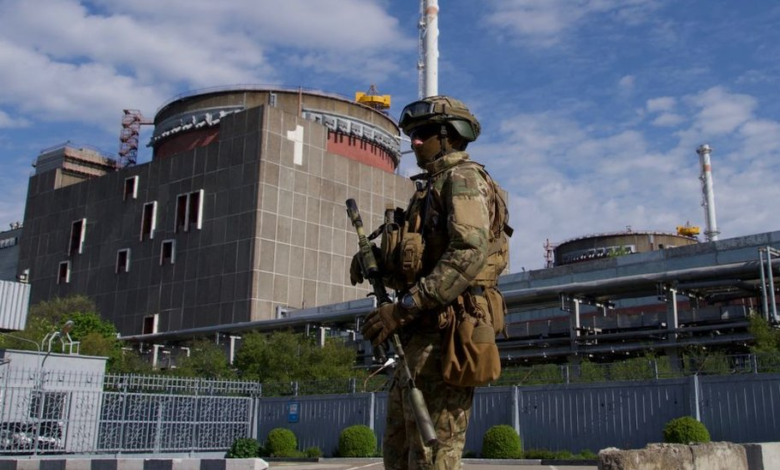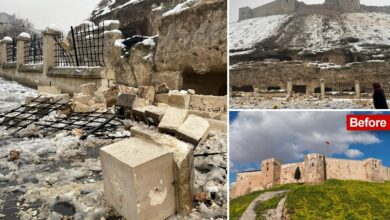Ukrainian Troops Make Significant Inroads into Russia as Zaporizhzhia Nuclear Plant Fire Escalates Tensions

News Mania Desk/Agnibeena Ghosh/12th August 2024
On Sunday, Russia acknowledged a significant Ukrainian incursion into its territory, with Ukrainian troops reportedly advancing up to 30 kilometers (20 miles) into the Kursk border region. This bold offensive, now in its sixth day, has caught Russian forces off guard, prompting the deployment of reserve troops, tanks, aviation, and drones in a bid to repel the advancing Ukrainian units.
Ukrainian officials have described the assault as a strategic move designed to stretch Russian military resources and destabilize the situation within Russia. A Ukrainian security official stated that the operation aims to create maximum disruption and exploit weaknesses in Russia’s defensive positions. “The goal is to stretch the enemy’s positions, inflict significant losses, and destabilize their ability to defend their own border,” the official explained.
The situation has further intensified with a fire at the Zaporizhzhia nuclear plant, which has become a focal point of mutual accusations. Located in southern Ukraine and occupied by Russian forces, the plant’s fire has fueled a blame game between the two nations. Ukrainian President Volodymyr Zelensky has accused Russia of deliberately igniting the blaze to coerce Kyiv, while Russia has attributed the fire to Ukrainian shelling.
The International Atomic Energy Agency (IAEA), which has experts stationed at the plant, has confirmed that there has been no nuclear leak and has requested immediate access to the site to assess the damage. The IAEA assured that no adverse impact on nuclear safety had been reported, but the situation remains highly concerning amid the ongoing conflict.
This incursion into the Kursk region represents the largest and most successful cross-border offensive by Ukraine since the conflict began in February 2022. Russian defense officials have acknowledged the challenge posed by Ukrainian forces, particularly around the villages of Tolpino and Obshchy Kolodez, located roughly 25 to 30 kilometers from the Russia-Ukraine border. In response, Russia has declared a local state of emergency and initiated a “counter-terror operation” to regain control of the area. More than 76,000 civilians have been evacuated from the region, with additional evacuations ongoing.
In the midst of this turmoil, many residents have fled the conflict zones. Marina, a resident who evacuated to Moscow, described the distressing conditions, saying, “It’s frightening to have helicopters constantly flying overhead. When the opportunity arose to leave, I took it.”
While Ukraine’s offensive has garnered some domestic support, particularly in the affected Sumy region, there are growing concerns about potential Russian retaliation. Ukrainian officials anticipate that Russia may launch missile strikes targeting key decision-making centers in Ukraine. Despite the ongoing incursion, Russian forces continue their operations in eastern Ukraine, albeit with a slight reduction in attack intensity.
The conflict remains dynamic and unresolved, with both nations engaged in a high-stakes struggle with no clear resolution in sight. As the situation evolves, the international community watches closely, hoping for a de-escalation in the escalating tensions.






